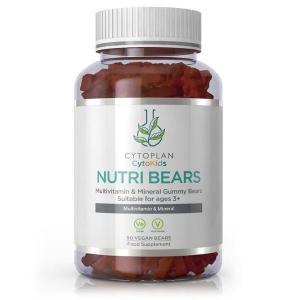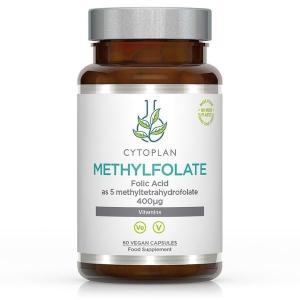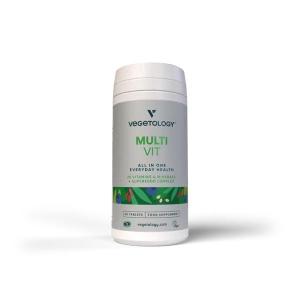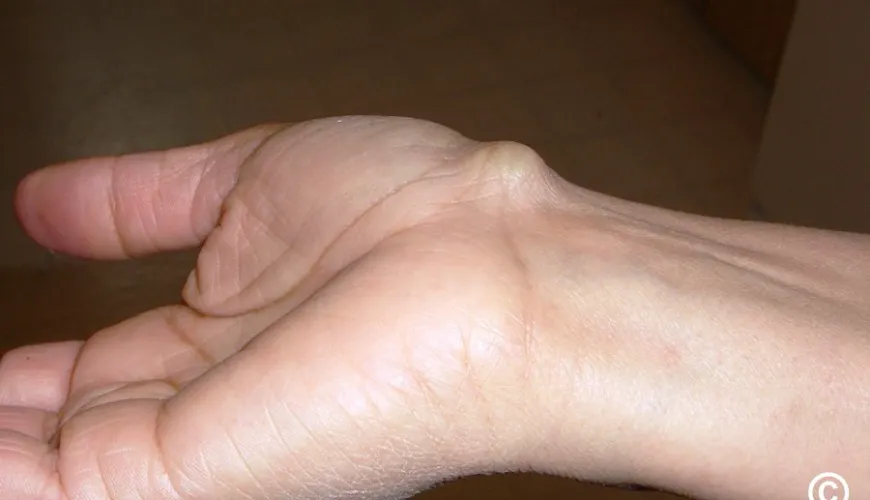
How Goutweed Improves Health and Why to Include It in Your Diet
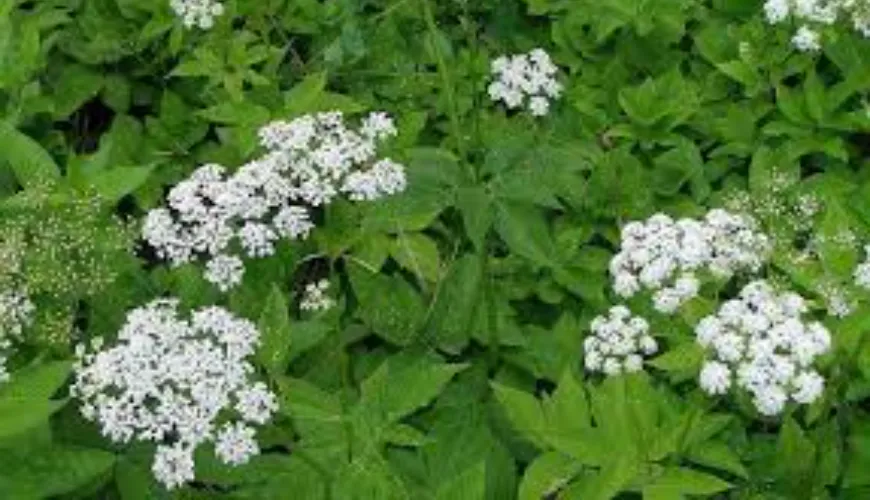
Ground Elder - A Miraculous Plant with Deep Roots in Culinary History
Ground elder, often referred to as "ground elder goat's foot," is a plant many know primarily as a persistent weed that tirelessly spreads in gardens, parks, and forest edges. This view of ground elder as an unwanted plant entirely overlooks its deep historical roots and extraordinary health benefits that this inconspicuous herb offers. Ground elder is not just an ordinary weed but a gem of nature that has provided people with medicinal and nutritional benefits for centuries, deserving our attention even today.
Ground Elder in Historical Context
In the Middle Ages, ground elder was highly valued for its medicinal properties. At a time when modern medicine was in its infancy and people relied on natural remedies, ground elder was one of the herbs found in every herbalist's garden. Its Latin name Aegopodium podagraria is derived from the ancient word "podagra," a term for gout, a painful joint disease that this plant helped treat. Herbalists and healers recommended ground elder as an effective remedy against inflammation, joint pain, and as a diuretic that helped eliminate excess fluids from the body, thus flushing out toxins.
Ground elder was particularly valued in monastery gardens, where it was carefully cultivated and used not only for medicinal purposes but also as an important food source. In times when fresh vegetables were not always readily available, ground elder served as a substitute for spinach or kale and was a popular ingredient in soups, porridges, and other dishes. Interestingly, ground elder was so important in the past that it was sometimes deliberately planted near human settlements to always be on hand when needed.
Rediscovery of Ground Elder
Today, as more people turn back to natural remedies and seek alternatives to synthetic drugs, ground elder is being rediscovered as a valuable source of medicinal compounds and nutritious components. Modern scientific studies have confirmed that ground elder contains a range of bioactive substances that positively impact our health. These substances include flavonoids, vitamins (especially vitamin C), and minerals such as iron and calcium, which play a key role in strengthening the immune system, protecting cells from oxidative stress, and supporting overall health.
Try our natural products
Ground elder is now used not only in folk medicine but also in modern gastronomy. Its young leaves have a delicate, slightly spicy flavor reminiscent of a mix of carrot and parsley, making it an excellent addition to salads, soups, sauces, or smoothies. Given its high content of vitamin C and other antioxidants, regular consumption of ground elder can help prevent a range of lifestyle diseases, such as heart disease, diabetes, or some types of cancer.
Ground Elder and Its Role in Ecological Gardening
Ground elder is not only a plant with medicinal effects and nutritional properties but also a valuable element in ecological gardening. Due to its resilience and ability to spread quickly, ground elder can serve as effective green manure, which enriches the soil with organic matter and helps retain moisture. Furthermore, its dense growth can suppress the growth of other weeds and provide shelter for beneficial insects that contribute to the garden's biological balance.
Permaculture, a method of sustainable agriculture that tries to mimic natural ecosystems, often uses plants like ground elder to create healthy and self-sufficient garden systems. In this context, ground elder can be seen not only as a source of food and medicine but also as a plant that contributes to the overall ecological balance and health of the garden.
Ground Elder in Modern Cuisine
In modern cuisine, ground elder is finding wider application not only due to its nutritional values but also because of its taste and versatility. Young ground elder leaves are ideal for preparing fresh salads, where they can be combined with other green herbs and vegetables to create a light and healthy meal. Its mild flavor also complements soups and sauces perfectly, where it can replace spinach or Swiss chard.
One way to use ground elder in the kitchen is to make pesto. This traditional Italian seasoning, usually made from basil, olive oil, garlic, pine nuts, and Parmesan, can be easily enhanced with ground elder, giving it a unique, slightly spicy touch. Ground elder pesto can be used as a sauce for pasta, a base for pizza, or as a dip for bread.
Another interesting option is using ground elder in baking. The leaves of this herb can be added to dough for bread or savory pies, where they provide a delicate herbal flavor and increase the nutritional value of the final dish. Ground elder can also be added to smoothies, where its high content of vitamin C and other beneficial substances contributes to strengthening the immune system and overall health.

